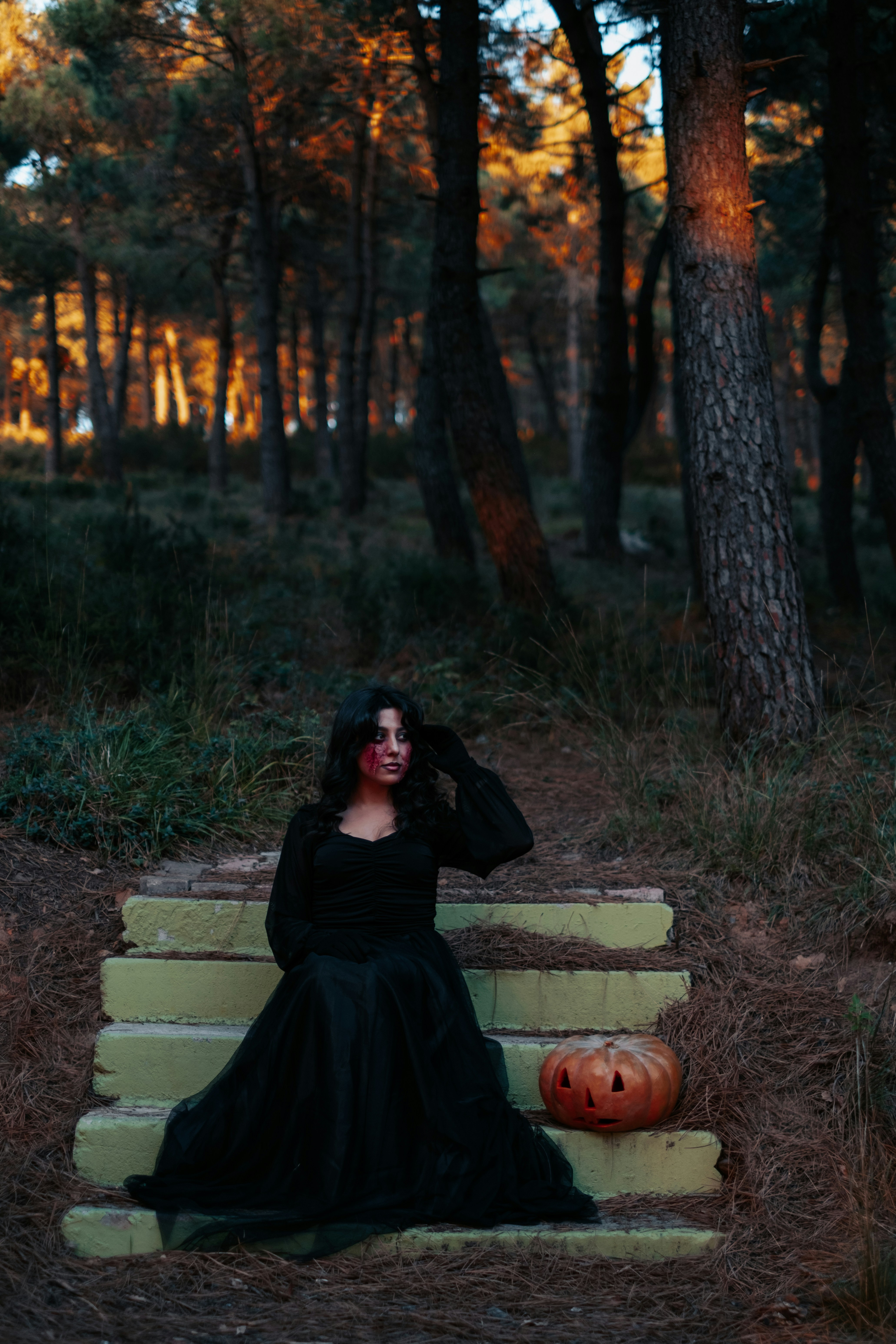
Introduction
The witch hunts in Britain were a dark chapter in the country’s history. In the early modern era, witchcraft was a widespread belief in Europe, and it found its way to Britain in the 16th century. People believed that witches were responsible for everything from crop failures to illness, and they were terrified of their supposed powers. The fear of witches was so great that it even affected royalty, as seen in the case of James VI of Scotland, who later became James I of England.
The Witch Hunts of Britain: An Overview
In the early modern period, belief in witches and witchcraft was widespread in Europe, and the fear of witchcraft reached its peak in the 16th and 17th centuries. During this time, many people believed that witches were in league with the devil and could perform malevolent acts, such as causing illness, death, or natural disasters. These beliefs led to widespread witch-hunts and trials, particularly in Protestant countries such as Scotland and England, where religious and political tensions were high. One famous example of the fear of witches was the case of James VI of Scotland, who would later become James I of England.
The belief in witches and their power to harm continued to grip the British imagination for centuries, with other notable instances of witchcraft accusations and trials occurring throughout history. The most infamous case was the Salem witch trials in colonial America in the late 1600s, where over 200 people were accused of witchcraft and 20 were executed. The fear and hysteria surrounding witchcraft led to the persecution and execution of countless innocent people, and serves as a reminder of the danger of allowing superstition and fear to overcome reason and compassion.
The Storm at Sea and the Witch Hunt
Before James I became the king of England, he was the king of Scotland. In 1590, James VI nearly died in a terrible storm at sea, which he believed was caused by a spell cast by witches. He became obsessed with the idea of witches and began a widespread witch hunt that lasted for many years. He even wrote a book, “Daemonologie,” which was a manual for witch hunters and described in detail the supposed powers of witches and how to identify and punish them.
In 1590, James was returning from a trip to Norway when he encountered a terrible storm at sea. He became convinced that the storm had been caused by witches who were trying to prevent him from marrying the princess of Denmark. This experience fueled his obsession with witchcraft and led him to write a book on the subject, “Daemonologie,” which he published in 1597.
The Pendle Witch Trials
One of the most infamous witch trials in Britain took place in 1612 in Pendle, Lancashire. It began when a local magistrate named Roger Nowell heard about a group of people who were supposedly involved in witchcraft. Nowell brought them in for questioning, and soon more and more people were accused of being witches. In the end, twelve people were found guilty of witchcraft and hanged, including two elderly women, known as the “witches of Pendle.”
The North Berwick Witch Trials
Before the Pendle witch trials, there were the North Berwick witch trials, which took place in Scotland in 1590. James VI was convinced that the witches had caused the storm that nearly killed him at sea, and he ordered a widespread investigation into witchcraft in Scotland. More than seventy people were accused of witchcraft, and many of them were tortured to confess. The trials resulted in numerous executions, including that of Agnes Sampson, who was accused of using witchcraft to try to kill James VI.
The Legacy of Witch Hunts
The witch hunts of the early modern era had a profound impact on British society. The fear of witches and the belief in their powers led to the persecution and execution of thousands of people, many of them women. The idea of witches and their powers persisted well into the 18th century, and it was not until the Enlightenment that the belief in witchcraft began to decline.
The legacy of witch hunts is a reminder of the danger of allowing fear, ignorance, and superstition to dictate the course of justice. The persecution and execution of innocent people serves as a cautionary tale for us all to strive for fairness, rationality, and critical thinking in our societies.
Conclusion
The fear of witches was a widespread belief in early modern Britain, and it affected people from all walks of life, including royalty. James VI’s experience during the storm at sea was just one example of how deeply ingrained the belief in witchcraft was in British society. The witch hunts of the era were a dark chapter in British history and a testament to the power of fear and superstition.





